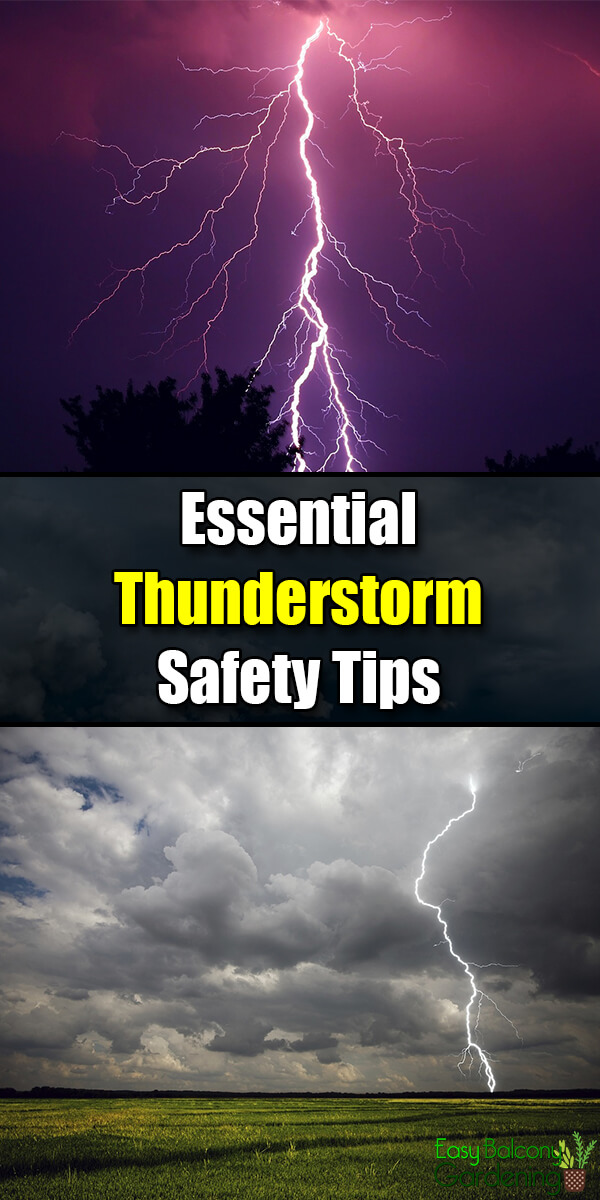The information below on thunderstorms is through the courtesy of the Hyrum 9th Ward, The Church of Jesus Christ of Latter-Day Saints, Hyrum, Utah.
Thunderstorms are very common and affect great numbers of people each year. Despite their small size in comparison to hurricanes and winter storms, all thunderstorms are dangerous.
Why Thunderstorms are Dangerous
- All thunderstorms present the danger of lightning.
- Other associated dangers of thunderstorms include tornadoes, strong winds, hail, and flash flooding.
- Flash flooding is responsible for more fatalities than any other hazards caused by thunderstorms.
When Thunderstorms Threaten Your Area
- Get inside a home, building, or hard top automobile.
- Stay from metallic objects and fixtures
Dry Thunderstorms
- They do not produce rain that reaches the ground
- They are most prevalent in the western United States.
- They are known to spawn wildfires.
- They occur where there is a large layer of dry air between the base of the cloud and the ground.
- The falling raindrops evaporate, but lightning can still reach the ground.
Be Prepared for Thunderstorms
- Know the terms used by weather forecasters
- “Severe Thunderstorm Watch” tells you when and where severe thunderstorms are likely to occur. Watch the sky and stay tuned to radio or television to know when the warning is issued.
- “Severe Thunderstorm Warning” is issued when severe weather has been reported by spotters or if it indicates imminent danger to life and property into those in the path of the storm.
- Remove dead or rotting trees and branches that could fall and cause injury or damage during severe thunderstorms.
- When a thunderstorm approaches, secure outdoor objects that could blow away or cause damage.
- Shutter windows, if possible, and secure outside doors. If shutters are not available, close window blinds, shades, or curtains.
Facts on Thunderstorms
- Thunderstorms may occur singly, in cluster, or in lines.
- Severe weather can occurs when a single thunderstorm affects one location for an extended time.
- Thunderstorms typically produce heavy rain for a brief period, anywhere from 30 minutes to an hour.
- Warm, humid conditions are very favorable for the development of thunderstorms.
- A typical thunderstorm is 15 miles in diameter and lasts an average of 30 minutes.
- Of the estimated 100,000 thunderstorms each year in the United States, about 10 percent are classified as severe.
- A thunderstorm is classified as severe if it produces hail at least three-quarters of an inch in diameter, has winds of 58 miles per hour or higher, or produces a tornado.
- You can calculate to determine how close you are to thunderstorms. Count the number of seconds between a flash of lightning and the next clap of thunder. Divide this number by five to determine the distance to the lightning in miles.
Thunderstorms are dangerous, and we need to do all we can to protect our loved ones and ourselves.







